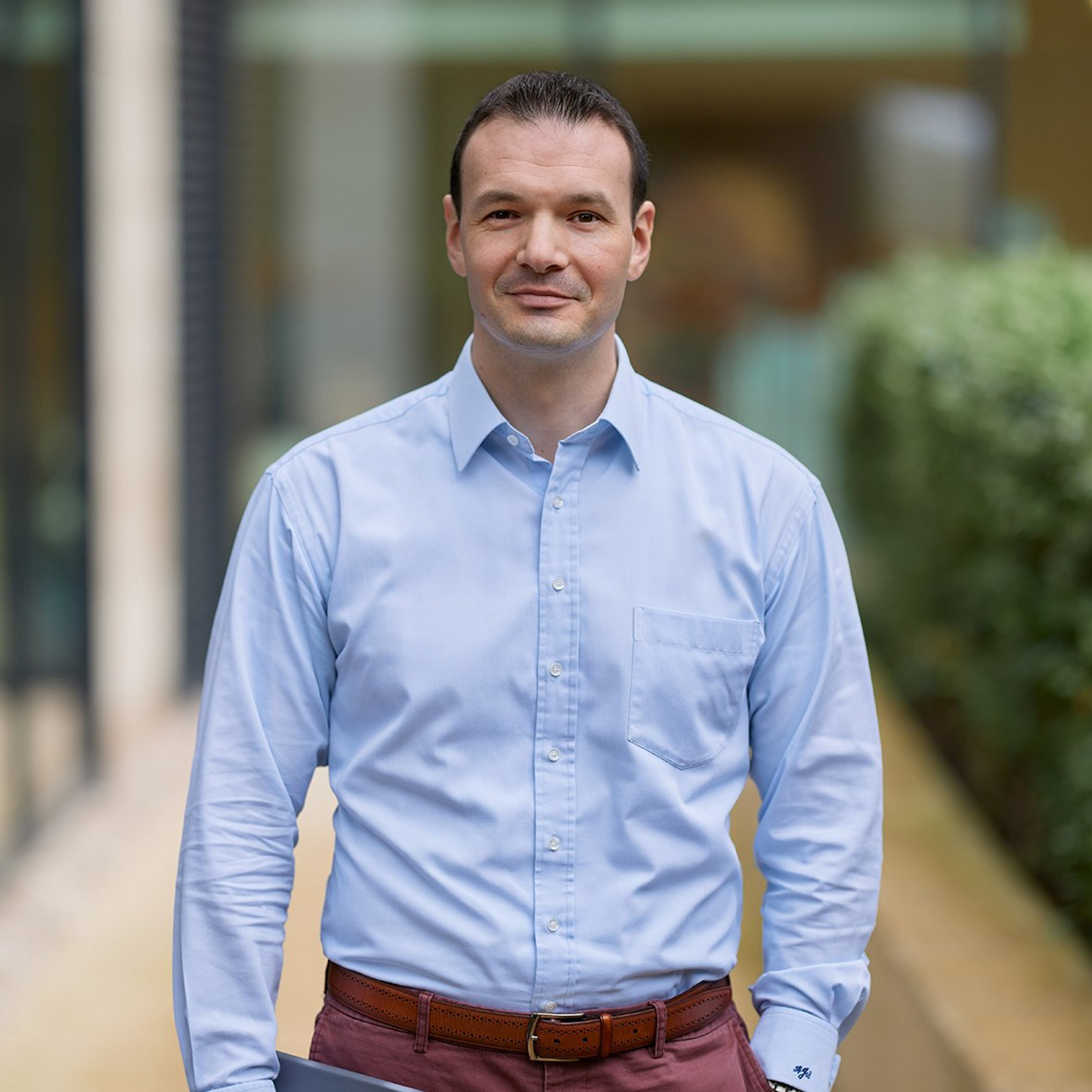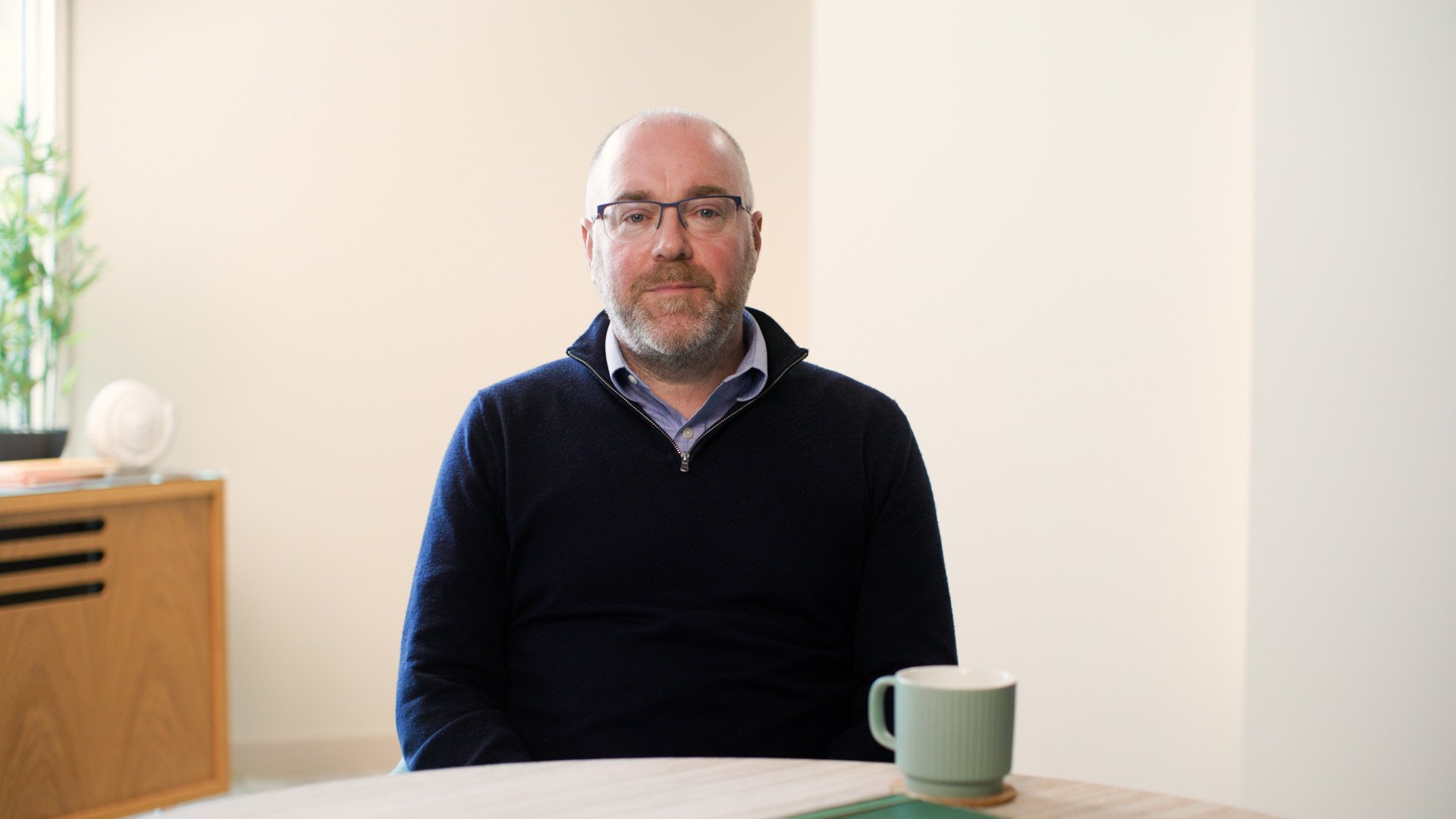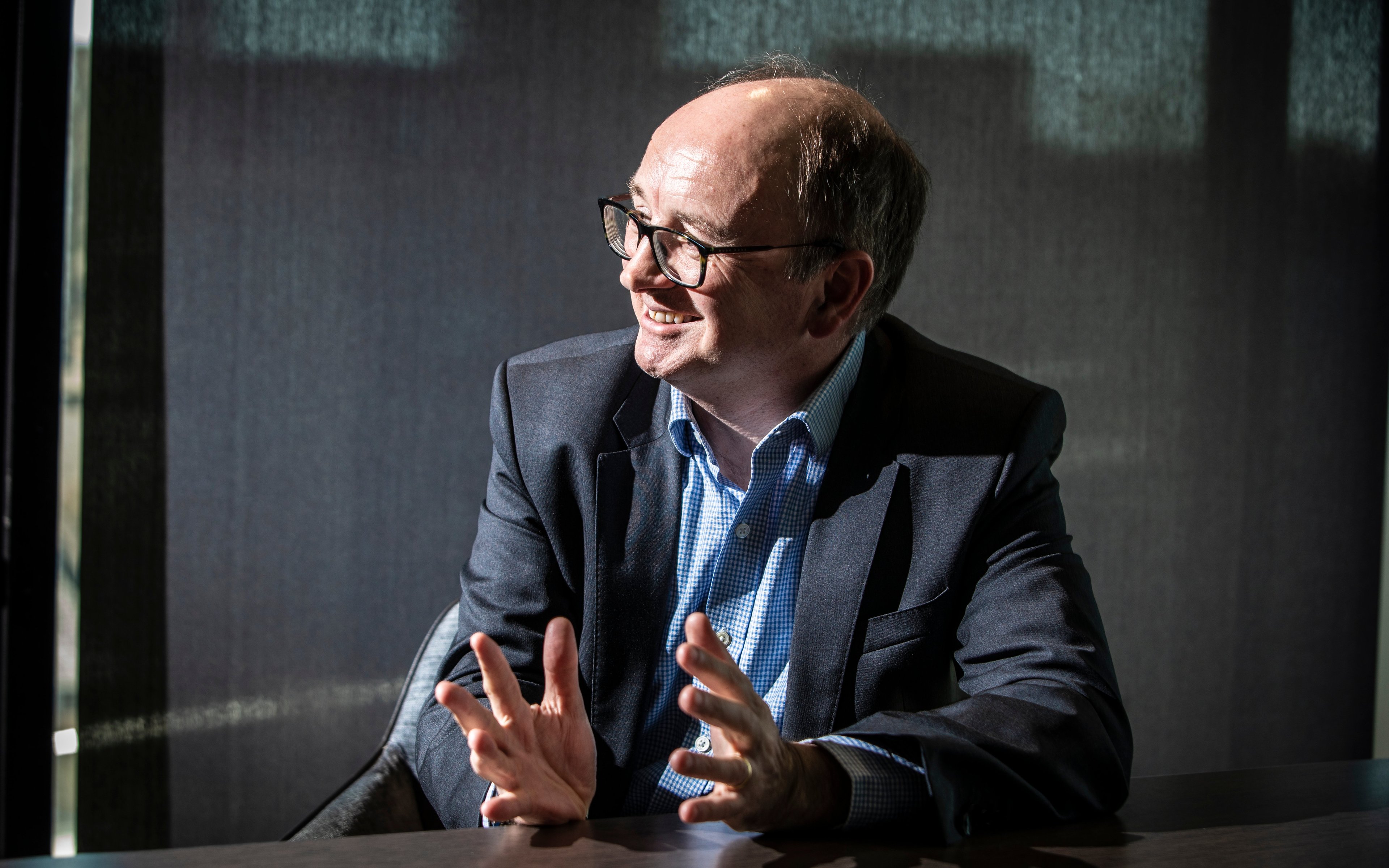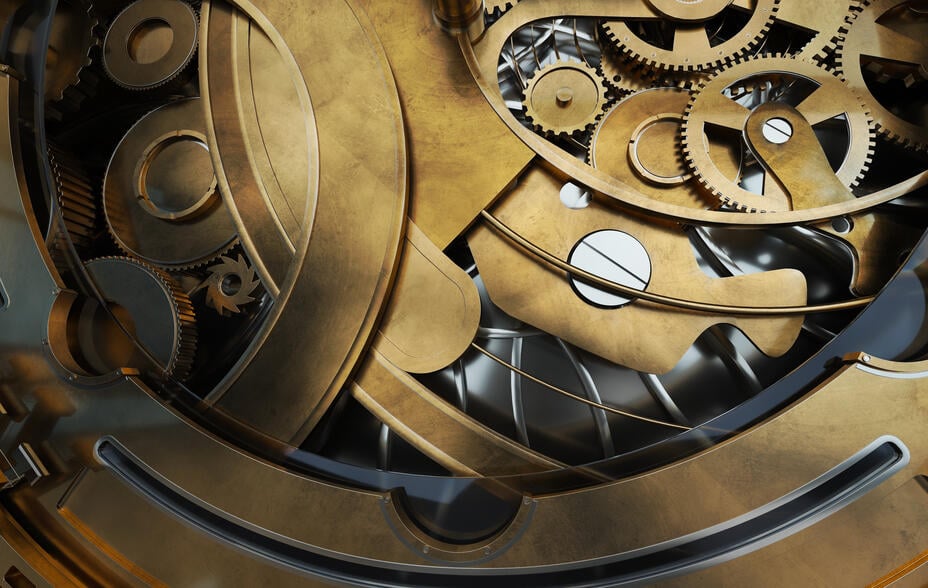
The shiny steel door of your DeLorean swings upwards, the steam from your time-warped travel dissipates and the landscape becomes clearer. What do you see in this Back to the Future scenario? How does the world look in 2050?
This is the question Johan Schot asks through the Deep Transitions project. As a member of the Global Investor’s Panel, Baillie Gifford has enjoyed contributing to Schot’s work, which seeks to understand how unsustainable systems emerged in the past, and how they can be unmade for a more sustainable future. As a Professor of Global History and Sustainability Transitions at Utrecht University, Schot’s study digs into the past to think what the future could look like.
According to Schot, in the first deep transition, kicked off by the Industrial Revolution, our world became mechanised. Although full of benefits for mankind, there is much this phase can teach us about doing things better and fixing our own mistakes.
In that first wave, industries focused on maximising worker productivity and the outputs of mass production, along with mass consumption and globalisation. Although immense prosperity followed for many economies, distribution was uneven and the resulting climate change and resource constraints were hugely damaging. Now, 250 years later, these are the hurdles we must surmount to avoid dire consequences.
Schot looks to a second deep transition that we can direct onto a path of sustainability and social equality. To do this, investors need to think about multiple ‘system changes’, not ‘system optimisation’. What is the difference? We can consider the mobility system as an example.
Currently, electric vehicles are considered the answer to polluting internal combustion engines. Yet this is not an example of systems change. Electric vehicles still have environmental and social impacts, and they don’t address consumption or resource use – for example people still want to own their own vehicle. Instead ‘mobility as a service’ can move us towards systems change. A shared model of transport means fewer cars, meaning less production and consumption.
A communal system may seem far-fetched, but it’s what happened when cars were first conceived of. It will take time, which is why system change requires patience. The ultimate goal is improving how we engage with the world.
Think what could happen if the number of cars was slashed. Could parking lots become new green spaces? How would cities look? These are among the far-reaching possibilities of system change. And the difference it makes to our cities, isn’t just physical, it’s social as well.
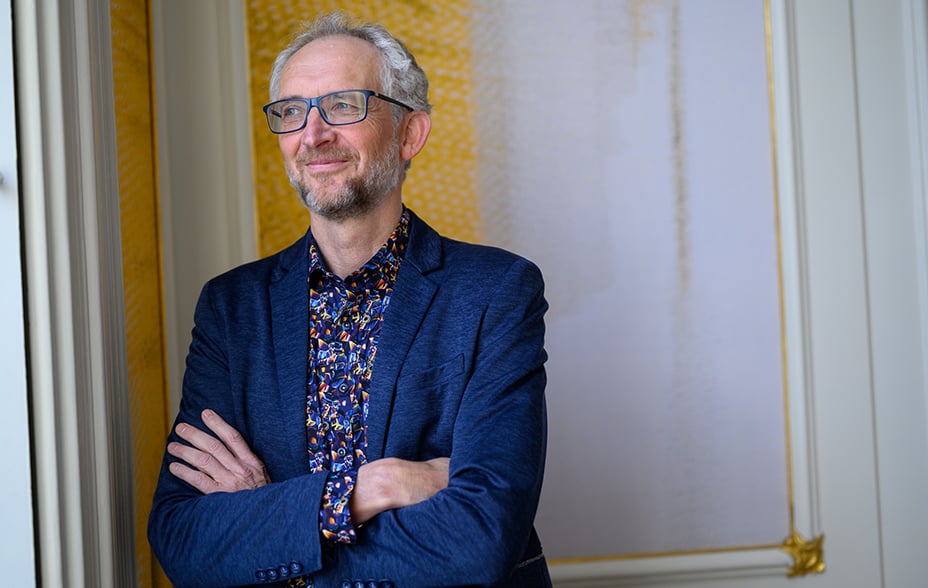
Johan Schot
Envisioning positive future outcomes and planning the necessary steps to achieve them is a helpful exercise. In the example above, we considered mobility as a service. Schot emphasises the importance for investors of focusing on financial returns derived from supporting system change.
This approach is crucial as it ensures that potential returns result from contributing to meaningful systemic transformations. A long-term perspective is essential to addressing these considerations. Thoughtful investors have an important role here.
Such perspectives are rare in today’s markets. As the holding period for stocks gets shorter, Schot’s approach requires a much longer view, one that could cover decades, rather than months or quarters. We need patience to allow a bigger shift to occur: easy to contemplate, but hard to implement. It requires investors to ignore short-term pressures, and to incorporate structures that encourage a long-term mindset.
Mobility is only one system that needs to be changed to kickstart the second deep transition. Consider what will be needed to transform food, healthcare, and energy around the world.
Stepping out again from your time machine, what do you see? How are people moving around? What are they eating for lunch? We can help ensure these questions have good answers by seeking out genuine system change to invest in, and having the patience to support the coming transition.
109003 10048243

